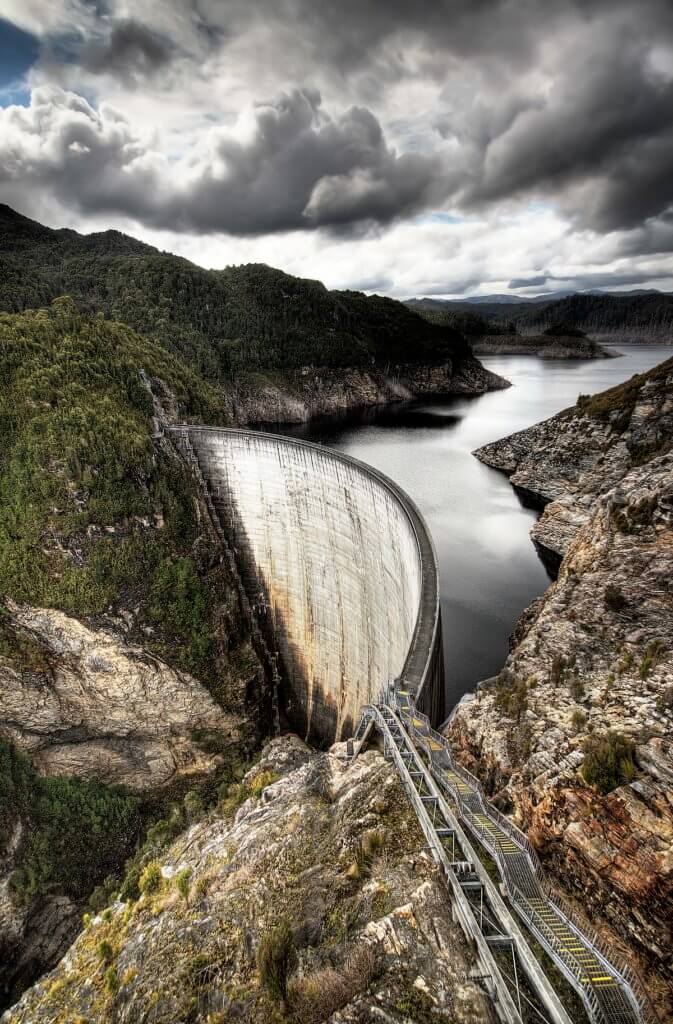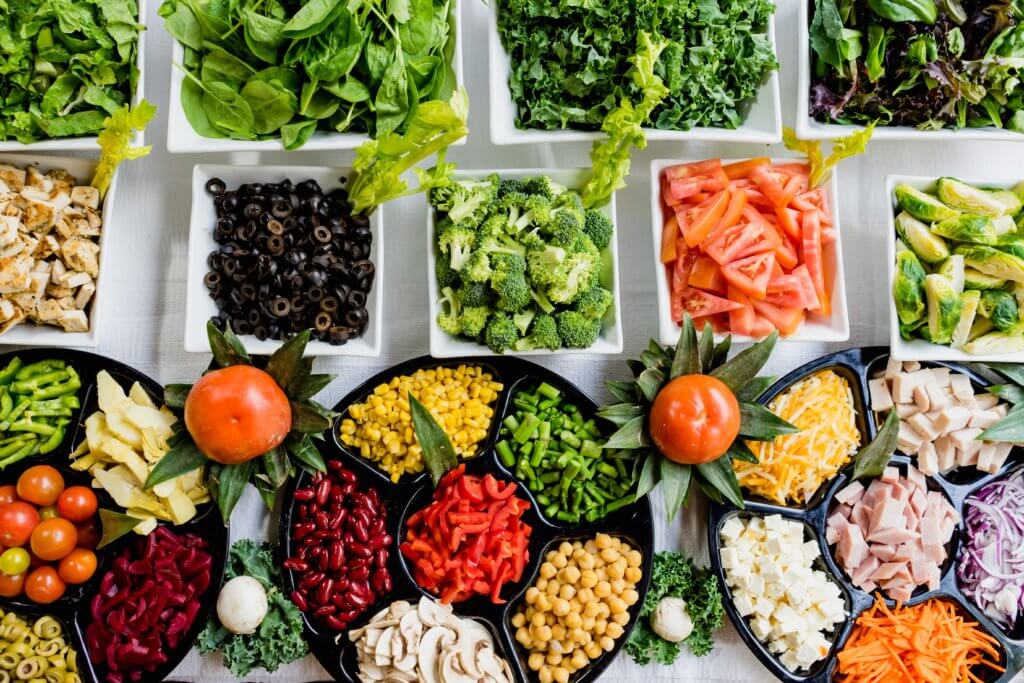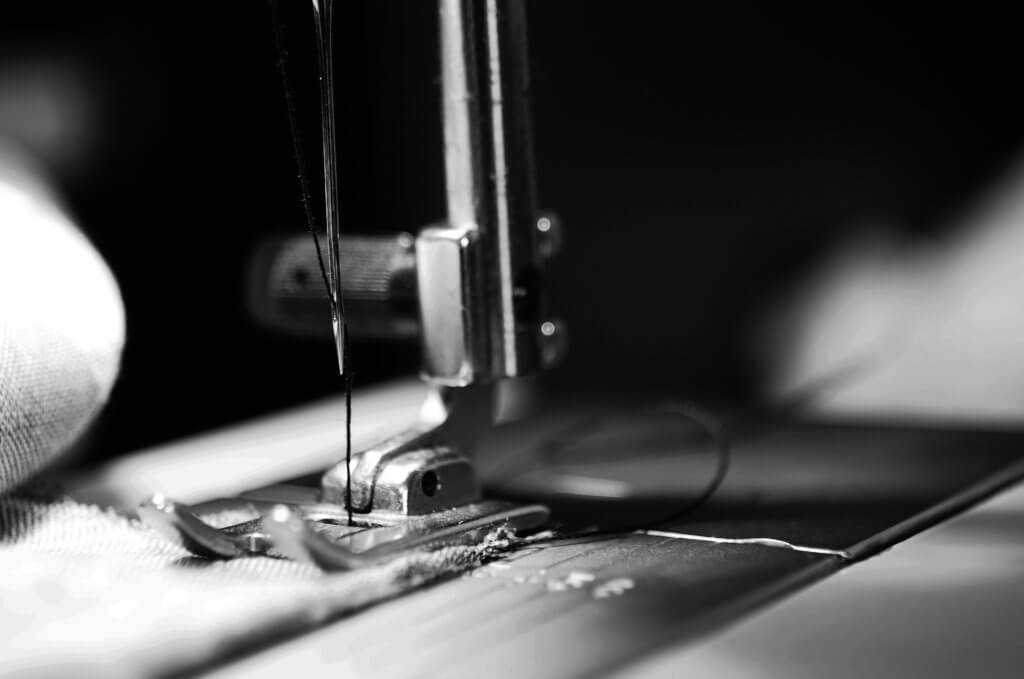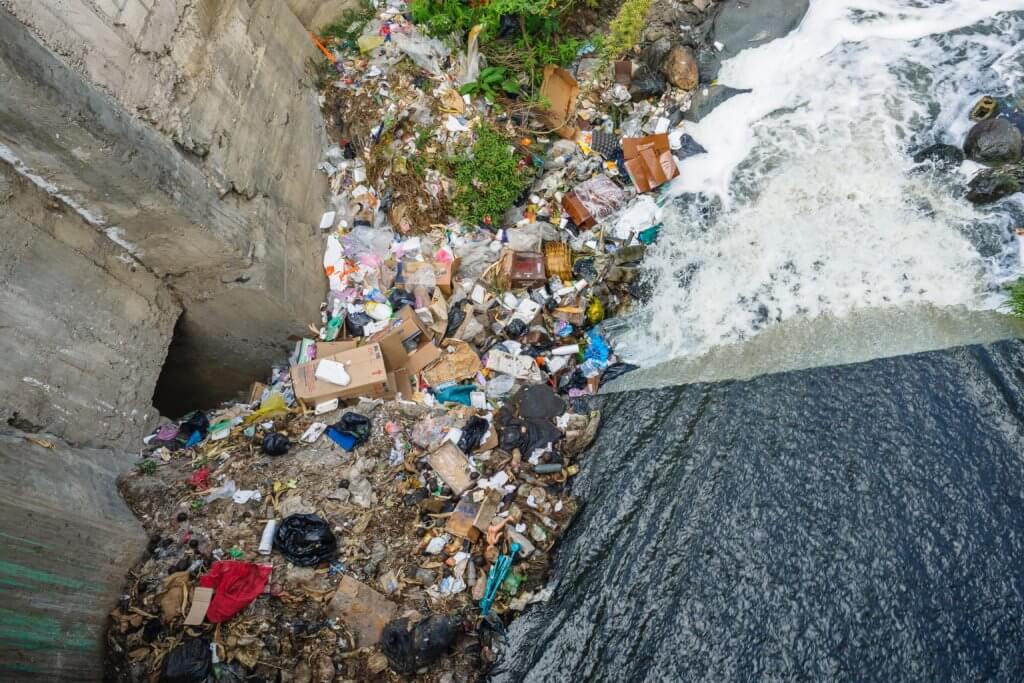
Dr Connie Cirkony
Questions answered by this expert
This is a complex but important question! First of all, we alone cannot prevent climate change, but we can slow it down (this is called mitigation). There are lots of things you can do at individual level, in your school and in your community. The most effective way is to make changes across all these areas.
You can start by understanding the key contributors of climate change in Tasmania and then start making changes in your own life. We know climate change has been accelerated by the increased CO2 emissions generated by our ways of living. One way to approach this question is by looking at which activities generate the most emissions, then focus on those.
According to the 2022 Tasmania Greenhouse Gas Emissions Report, these are the biggest four CO2 emitters in Tasmania by sector: Energy (42%), Agriculture (35%), Industrial processes and product use (19%), and Waste (5%)
1. Tasmania has high levels of renewable energy generation compared to other states and territories. Therefore, most of Tasmania’s energy emissions comes from three main sources:
- Combustion (e.g., burning coal, gas, agricultural waste; burning wood or gas for household heating and cooking);
- Transport (e.g., combustion of fuels such as petrol, diesel, and LPG, in passenger and commercial motor vehicles, railways, aviation & shipping); and
- Emissions from electricity generation (e.g., the combustion of fuels to generate electricity for home and commercial use).
What does this mean for you?
Some of these things may not be in your direct control, but you can start by having a think about:
- How can I use less energy in the house? (e.g., wear warmer clothing inside instead of just turning up the heat when it gets cold; heat only the rooms you use the most; take shorter showers to reduce hot water use);
- Can I find another way to get around? (e.g., walk, carpool, suggest fun family activities and vacations that don’t always involve air travel); and
- Can I buy/use/get things that are more local – instead of buying things are shipped large distances

2. The emissions from the agricultural sector include that gasses emitted through the digestive systems of livestock (this includes cow farts!), the release of nitrous oxide (a greenhouse gas) from cropping and pastureland, and manure management.
What does this mean for you?
Though some may wish to make big personal changes like following a vegetarian or vegan diet, you may consider just reducing the amount of livestock-related food you eat each week and taking the time to really savour your meals. No matter what your dietary choices are, choose a healthy diets with mostly unprocessed foods and minimise food waste. Related to #1, consider growing your own veggies or raising your own chickens

3. The emissions from industrial processes and products use are generated from the production of cement, iron, steel or aluminium. Emissions are also created through of synthetic gases such as hydrofluorocarbons (HFCs) (e.g., used in refrigeration and air conditioning equipment and as solvents) and sulphur hexafluoride (electrical equipment).
What does this mean for you?
Though you might not be buying big ticket items, you can still take care in choosing what you buy/use/get. Ask yourself: do I really need this? Does it need to be new or can I get it second hand? Can I borrow or rent this? Is it something I can share with others? Also, think about how you can take care of what you have so it will last for a long time (e.g., computers, toys, bicycles, scooters, smartphones

4. Finally, the emissions from waste are generated from the solid waste in landfills (e.g., decomposition of organic matter), and during the treatment of wastewater.
What does this mean for you?
This is related to #2 in that it is much better to separate compostable and recycling waste, from that which can only go to landfill. The compostable stuff is mixed into general waste, it doesn’t decompose as well, nor is it useful (for garden fertliser, etc.). This is also related to #3 in that if you have stuff you don’t need or use, it may well end up in the landfill.
As a Tasmanian, all these activities have an impact and everyone has an important role to reduce the impact of climate change.

Sources:
2022 Tasmania Greenhouse Gas Emissions Report
See also Dr. Beth Fultons response to: Can we stop climate change and how? https://curiousclimate.org.au/school_themes/taking-action/
This is a very practical question! I’ll suggest two things you can do straight away that are related: The first is to take care of your current school uniform so that when you are finished with it, someone else can use it. There are places that buy/sell/swap (e.g., Tasmanian School Uniforms Facebook Group, Gumtree, Uniformshop, etc. ).
There are a growing number of uniform suppliers that are sourcing sustainable materials. In this case, you’ll need to discuss this with your school and their supplier to transition to these suppliers. Some examples include ‘Hemp School Uniforms’ – which use natural and renewable materials and ‘Environmentally Friendly Eco Fabrics’ – which use recycled plastic.
More and more students want to be part of the solution to reduce the impact of climate change. While some have already been active in this space, some might not have engaged yet but might be more inclined with the right approach. Though climate change is serious and taking action is urgent, this can be quite overwhelming to some and create much anxiety. Others may not think they can make a difference. Still others might not understand the complexities of climate change, or even understand how their everyday activities impact the climate.
So meet people where they are. Everyone will have a different starting place. It might involve educating other students and raising awareness. Its important to use a positive and pro-active approach. Have options that students can enjoy, easily participate in, and that connect small local actions to the larger global issues. Here are some examples of local actions that can reduce climate omissions in Tasmania.
- start a walking group to school or organise a daily carpool to reduce energy consumption – the #1 CO2 emitter.
- organise a meat-free school lunch campaign with yummy alternatives to encourage students to reduce their meat consumption, linked to the #2 CO2 emitter from livestock in the agricultural sector.
- take care and share your stuff (e.g., computers, toys, bicycles, scooters, smartphones) through a school swap event, reducing having to buy new stuff, linked to the #3 CO2 emitter through industrial activities.
- Organise a school waste-audit and learn how to reduce waste going to landfill by composting and recycling the right way, linked to the #4 CO2 emitter by waste.
Remember that changing habits takes time. It’s not just knowing what is best, but making it easy to do, within your control, and supported by others around you. Be positive and think about the small and large actions you can do and celebrate victories.
One more thing, you may wish to organise activities where students (re)imagine what a sustainable world/city/community would look like? Will there be more innovative and renewable energy sources, greenspaces, connected communities, etc.
Prof. Jason Byrne at UTAS shared some great ideas in response to the question: What do you think climate change will alter about the world in my lifetime, and what can I do about it? https://curiousclimate.org.au/school_themes/taking-action/
For activities to support education and awareness, have a look at these sites:
Primary school level:
Climate Council Climate Change Animation
Connect with Sustainability Learning Centre in Hobart
Connect with Education for Sutainability Tasmania
Secondary school level:
Compare your ecological footprint
Connect with others in the AYCC
Sources:
2022 Tasmania Greenhouse Gas Emissions Report











